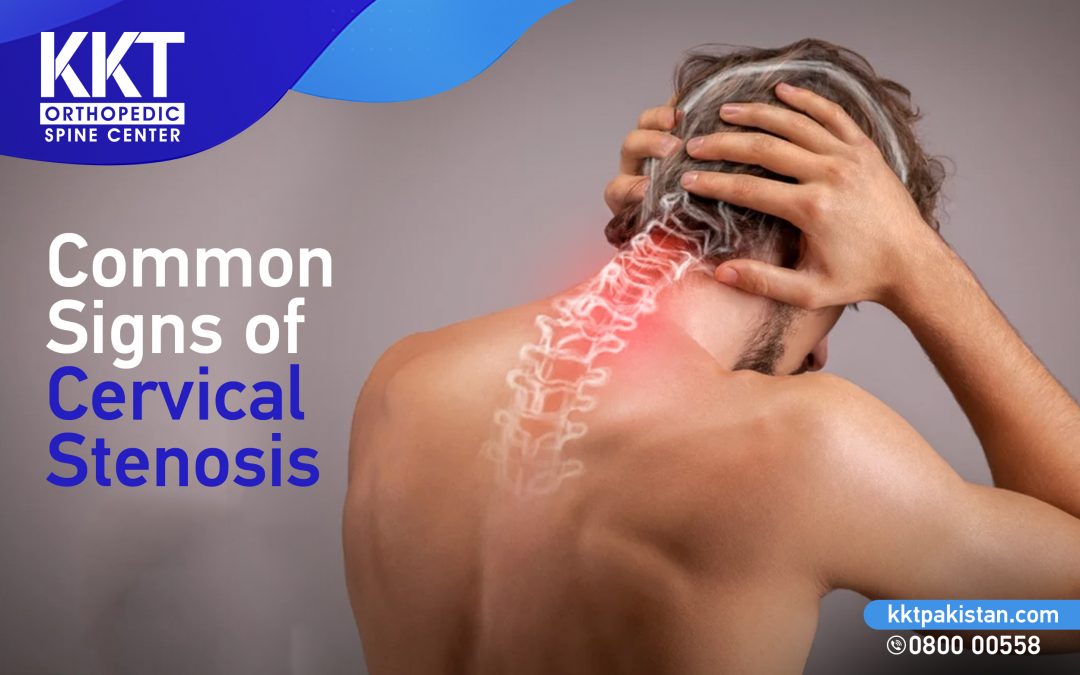There are two types of spinal stenosis, cervical (neck) and lumbar (lower back), stenosis. Cervical stenosis is a common cause of neck pain. Bone spurs begin to grow, on the vertebrae of the neck and joints of those vertebrae causing the spinal canal passageway to narrow down and put pressure on the spinal cord and nerves.
Causes
Some people are born with less space in their spinal cord and some get cervical stenosis as they age. The spinal disk becomes drier and begins to bulge. The bones and ligaments of the spine might get thicken or grow larger due to arthritis or long-term inflammation.
Other causes of spinal stenosis are as follows;
- Arthritis of the spine.
- Bone diseases such as Paget disease
- Defect or growth in the spine that were present from birth
- Narrow of the spinal canal that the person was born with
- A herniated or slipped disk, which often may have happened in the past.
- Injury that causes pressure on the nerve roots or the spinal cord.
- Tumors in the spine.
- Fracture or injury of a spinal bone.
What are the signs and symptoms of cervical stenosis?
Spine degeneration is the most common reason for cervical stenosis. As we age, our body loses water content and our disks dry out and weaken. Ultimately, the disc space around vertebrae Following are the symptoms of cervical stenosis
- Tingling in arms and legs.
- Spasms in the leg make it difficult to walk.
- Numbness.
- Poor balance while walking.
- Problem urinating or having a bowel movement
When to seek medical assistance?
You should seek medical help when you feel severe signs of spinal stenosis including:
- Numbness.
- Poor balance while walking.
- Problem urinating or having a bowel movement.
- Worsening numbness and weakness of your limb.
How is cervical stenosis diagnosed?
A thorough investigation is necessary to determine the root cause of a neck problem, which involves an in-depth history review, a physical examination, and 3D X-rays of the spine. After conducting the history, taking physical assessment, and 3D X-rays, the doctor advises the number of sessions required to diagnose cervical stenosis.
